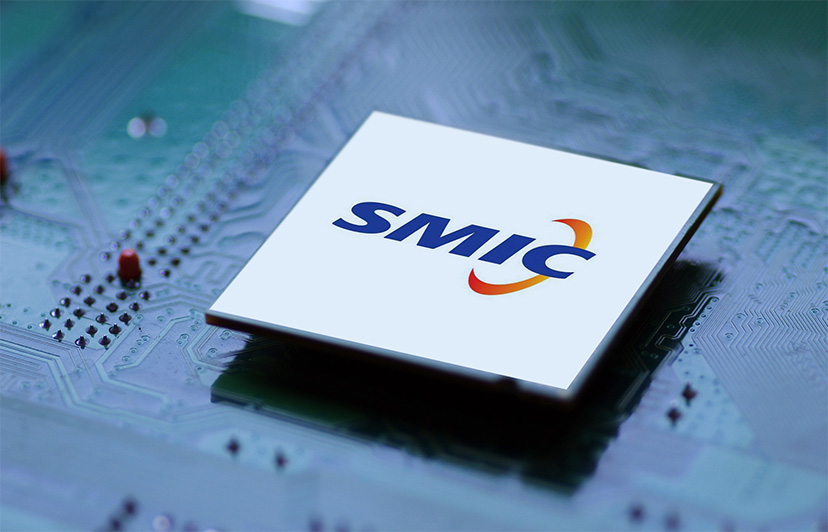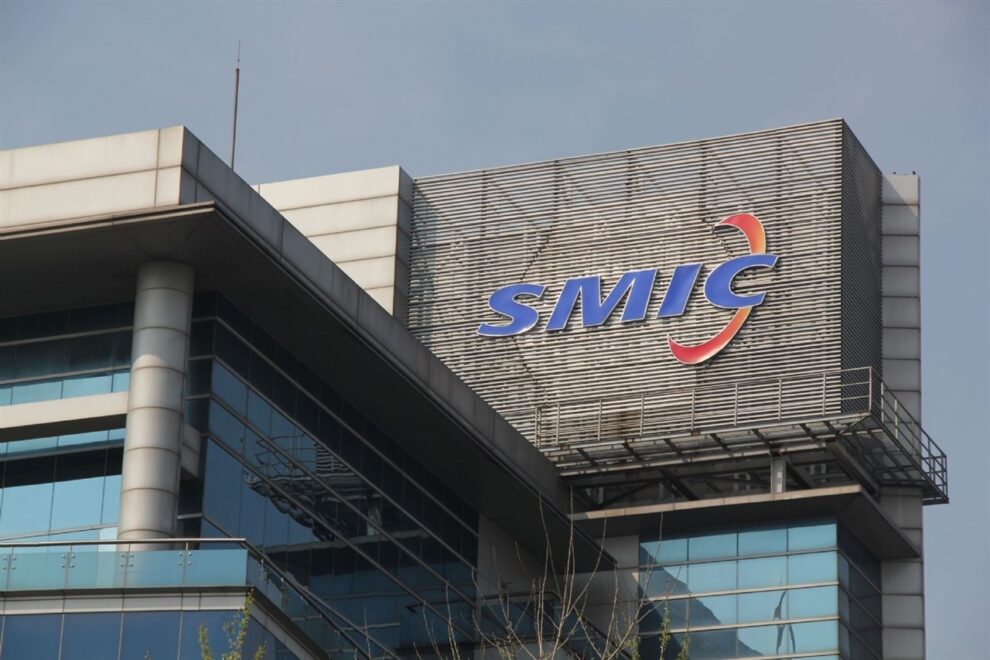China’s leading chipmaker Semiconductor Manufacturing International Corporation (SMIC) has forecast an extended period of overcapacity in mature node chips, stretching through 2025. The company’s leadership revealed this outlook during their third-quarter earnings call, painting a picture of an industry still grappling with post-pandemic market dynamics.
SMIC’s co-CEO Zhao Haijun highlighted the severity of the situation, pointing to industry utilization rates languishing around 70%, substantially below the optimal threshold of 85%. This disparity signals a concerning trend of significant overcapacity in the semiconductor sector, with limited prospects for immediate improvement.
The current market conditions represent a dramatic shift from the chip shortages that characterized the pandemic era. Since late 2022, the industry has witnessed a complete reversal, transitioning from scarcity to surplus. Many end-users, particularly in the automotive sector, continue to work through excess inventory, further complicating the recovery timeline.
Despite these challenging conditions, SMIC reported notable financial growth in the third quarter, with revenue climbing 34% to reach $2.17 billion, aligning closely with market expectations of $2.2 billion. The company’s net income saw a substantial increase of 58%, reaching $148.8 million, though falling short of analysts’ projected $199.71 million.
A key factor driving SMIC’s revenue growth has been China’s push for technological self-sufficiency. The company has benefited from increasing domestic demand, with both local and international clients shifting their chip production to Chinese manufacturers. However, Zhao cautioned that this localization trend is expected to lose momentum by 2025, as domestic suppliers have already secured a significant market share.
The company’s capital expenditure tells a story of aggressive expansion in recent years, with annual spending rising dramatically from $4.5 billion in 2021 to $7.3 billion in 2023. However, in response to the current market conditions, SMIC is adopting a more conservative stance toward future expansion. Zhao’s statement that the company has neither announced nor is discussing any new projects marks a notable shift in strategy for China’s premier contract chipmaker.
This cautious approach comes at a time when the semiconductor industry continues to navigate complex geopolitical waters, with ongoing trade tensions between the United States and its allies affecting global supply chains and market dynamics. SMIC, which specializes in producing mature node chips for less sophisticated electronic devices, has been particularly affected by these international trade relationships.

Looking ahead to the fourth quarter, SMIC projects modest growth, with revenue expected to increase by approximately 2% compared to the previous quarter. This conservative forecast reflects the broader market uncertainties and persistent oversupply conditions facing the industry.
The market’s response to SMIC’s announcements was notably positive, with the company’s shares rising 3.7% in early trading on the Hong Kong stock exchange. This investor confidence suggests that while the industry faces significant challenges, SMIC’s strategic approach to managing these headwinds has resonated with market participants.
The semiconductor industry’s current state of flux highlights the delicate balance between capacity expansion and market demand. As companies like SMIC adjust their strategies to navigate these challenges, the impact of their decisions will likely reverberate throughout the global technology supply chain, influencing everything from consumer electronics to automotive manufacturing in the years to come.
The situation underscores the broader transformation occurring within the semiconductor industry, as manufacturers adjust to post-pandemic market realities while balancing technological advancement with practical business considerations. As the industry continues to evolve, the strategies adopted by major players like SMIC will be crucial in shaping the future landscape of global semiconductor production and supply.
















Add Comment